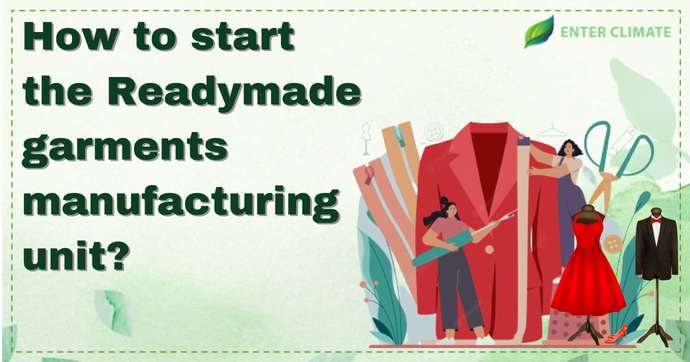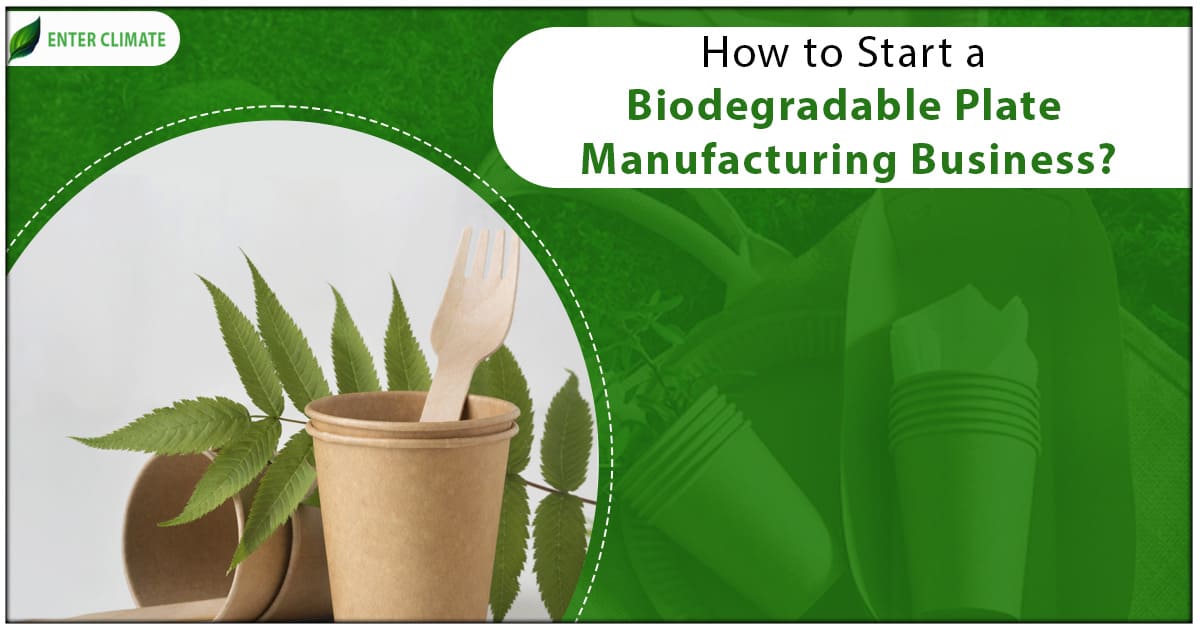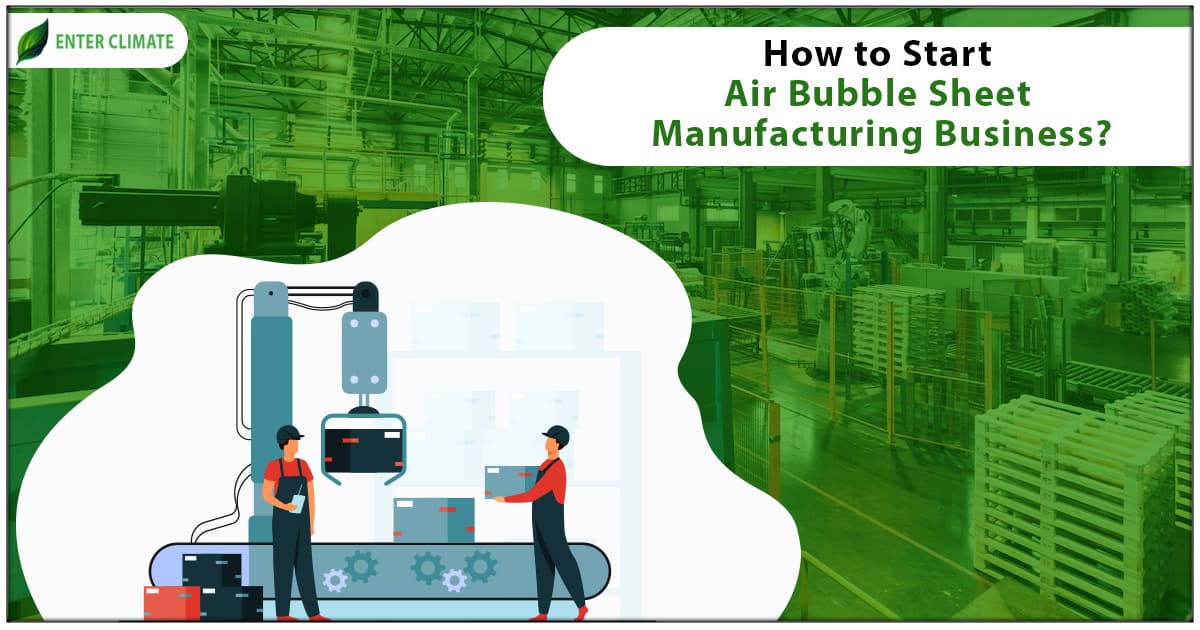How to start the Readymade garments manufacturing unit?
 03 Jan, 2023
03 Jan, 2023 
Some most commonly worn garments in India include shirts, kurtas, sarees, coats, skirts, jeans, pants etc. Understanding the garment industry is essential to start a readymade garments manufacturing unit. Readymade garments manufacturing includes 3 basic stages- fabric cutting, sewing and the adornment of the stitched garment. These stages are further subdivided. Readymade garments manufacturing consists of sequential processes like laying, stretching, marking, cutting, sewing, checking, pressing and packaging. The stitched garment also goes through a rigorous testing process before it takes the shape of a proper outfit. Manufacturing fabric is done by textile manufacturing entities that convert raw fibres into yarns and fabric. The material is dyed, stitched and transformed into garments of different sizes in a garment manufacturing unit. Therefore proper knowledge of how to start a garment manufacturing unit is essential. In this article, we will be focussing on how anyone can build a readymade garments manufacturing unit.
Steps involved in starting a garment business
It is essential to research each link of the supply chain of the garment industry to get an idea about the product to be manufactured, demand and supply, domestic and international selling opportunities, and market share of a particular category. Apart from these factors like competition, workforce required, costing, sourcing of suppliers, packaging costs, machinery required, logistic solutions, branding and marketing and so on. The following are the steps involved when starting a Readymade garments manufacturing unit.
Step 1: Market Research on the Garment Industry
You must understand the market opportunities. If you want to enter an already crowded market with many manufacturers, your chances of earning higher profits will be less. Therefore, looking for opportunities in areas where there are not many players and which have scope to grow in the future is recommended.
Selection of Product Range: Products like denim, men’s shirts, nightwear, and so on can be categorized as basic needs products and are in huge demand. It is better to start with a single category and gender of clothing to build your niche product and set up the unit. Once you have decided on your product, a deeper analysis can be done to diversify your range after getting a response from the market.
Finding a Location: Setting up the business near the textile hubs of the country or in an industrial zone is recommended because of the various benefits associated with the location. Some of them are raw material sourcing, land costs, availability of skilled labour, logistics, state laws etc.
Step 2: SourcingFabrics
Sourcing the particular fabric and testing the quality of the fabric is essential. Therefore, the material must be sourced only after checking it on different parameters like dyeability, stretchability, washability etc. This is a crucial stage before starting a readymade garments manufacturing process. Fabric can be randomly tested depending on the quality of the fabric obtained.
Step 3: Garmentmanufacturing from fabric
Readymadegarmentsmanufacturing is done by spreading, wet processing, singing, de-sizing, bleaching, dyeing, and printing fabric with desired shapes and sizes. The garment manufacturing process starts by dying, printing, laying, marking and cutting the fabric according to the design provided. Embroidery and screen printing, and then sewing is done to the cut fabric before sending it for final testing.
Step 4: Checking and Laundry
This stage includes spot cleaning and pressing the final product. There are checks and quality assurance at the end of the sewing line spots appear due to marking. Therefore, the clothes are taken to the laundry to ensure packaging without production defects.
Step 5: Packing and shipment of Readymade garment
The final step in the production, i.e. after performing certain quality checks and cleaning, the readymade garment is ready to be packed. All the clothes are packed in protective plastic and then packed in cardboard boxes.
Requirements for starting a Readymade Garments manufacturing unit
Estimation of Production Requirements, machinery, manpower
Garment manufacturing will need machinery depending on the scale of production, activities performed, and the nature of the fabric used. Garment manufacturing is a labour-intensive business, and a skilled or semiskilled workforce can be employed depending on the nature of the work.
Fulfilling Legalities before setting up the plant
Once the entrepreneur has done the research and has sufficient funds, they can start to setup the readymade garments manufacturing unit.
Factory Licence: As per the norms of the Factory Act of 1948[1], all factory owners must register their facility with the government’s labour department before commencing the operation.
Consent NOC from Pollution Control Board: As per the pollution control norms applicable to readymade garments manufacturing, if the units are involved in effluent and emission-producing processes like bleaching, dyeing, printing and colouring, they are required to obtain the NOC from the respective SPCB/ PCCunder the red category. To secure the consent NOC, the entrepreneur must submit an online application on the OCMMS portal of the SPCB/PCC.
Fire NOC: Fire NOC is issued by the respective state fire service after verification that the building is fire resistant and has installed all fire fighting measures. After meeting the standard guidelines of the fire department, an entrepreneur can obtain a fire certificate.
CGWA NOC for Groundwater use: if the garment manufacturing unit requires groundwater for commercial and bulk use in processing activities, it will need NOC from the Central Groundwater Authority.
Tie-up with a TSDF operator for waste disposal: due to the varying nature of solid and hazardous waste generated by the unit performing dyeing, printing, washing etc., will need waste disposal through TSDF operators.
MSME Registration: MSMEs provide several schemes for the owners, which they can only avail of after Udyam registration. Once you get your registration, you will be eligible for specific incentives like tax exemption, affordable EMIs on MSME loans, priority in licencing and benefits announced by the government.
Advantages of Garment Manufacturing Business in India
India has a rich resource when it comes to garments and textile manufacturing. We also have certain advantages associated with this industry, such as
Skilled workforce: Sewing, knitting etc., are common skills found in the semi-skilled workforce in the country. Sourcing a skilled workforce, therefore, becomes easy.
Diverse Nature of Garment Industry: India is highly diverse in size, manufacturing facility type of apparel produced, quantity and quality of output, cost, fabric demand etc. The market comprises suppliers of readymade garments for both domestic and export markets.
Demand for the product: Though the per capita domestic consumption is low, the market trends show an increase in demand for trendy outfits rising in the country, therefore showing significant growth potential. The domestic market is sensitive to fast-changing fashion fads that have helped increase the demand further.
Government schemes and incentives: India’s consolidated foreign direct investment policy circular of 2020 provided 100% FDI in single-brand product retail trading and up to 51% FDI in multi-brand retail, subject to certain conditions. This continues to attract leading international retailers to source their garment and home textiles requirements from India and drives interest from new export destinations.
Scope of Garment Manufacturing Business
As the demand for garments has been increasing along with the increasing population and the purchasing power of the consumers, associated activities such as yarn manufacturing, garment dying, and textile manufacturing. In FY 2022-23, exports of readymade garments (RMG) stood at around 8,127.3 million USD, showing a growth of 10.8% over FY 2021-22.
Export opportunities: India is the sixth largest supplier of textiles and garments in the world. Our textile and apparel products are exported to more than 100 countries. During 2020-21, the share of textiles, apparel and garment in India’s total exports was 11.4%, while its share in the global trade in textiles and apparel was 4%. India registered the highest-ever exports of 44.4 billion USD in textiles and apparel in FY 2021-22.
Conclusion
Ready-to-wear apparel or Readymade garments manufacturing involves many steps, beginning with the idea and design concept and ending with a finished product. Garments could be a lucrative answer if you want to make it in the manufacturing sector. Garment manufacturing units can undertake additional activities to increase their market presence, like distribution of samples, setting up a website for product promotion, stringent quality control checks etc.













